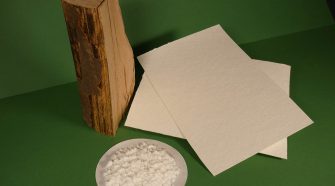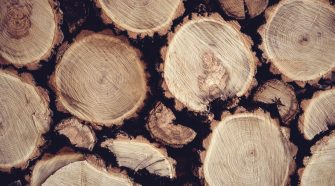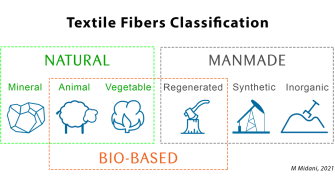Bio-Based Fiber

Cellulose and cellulose-blend fibers derived by HighPerCell technology
Global fiber production in 2019 was 111 million tonnes. This figure has more than doubled over the past 20 years and is expected to increase by another 30% to 146 …

Lenzing Veocel introduces carbon-neutral lyocell fiber
Lenzing’s Veocel brand introduced its carbon-neutral lyocell fibers for the nonwoven industry. Partnered with the Natural Capital Partners, Lenzing produces the lyocell fiber using high production efficiencies, renewable energy sources, …

Gaston College gets the green light to build state-of-the-art Fiber Innovation Center
In 1941, the North Carolina Textile School was established by an act of legislation, and it officially opened in 1943 with a series of classes including weaving, spinning, knitting and …

Cellulose fibers at forefront in race to replace plastic
As a result of growing environmental awareness, forthcoming bans on single-use plastic products, especially in Europe, and restrictions and labeling for products containing plastic fibers, the demand for cellulose-based solutions …

What is a biofiber?
A biofiber is a fiber derived of biological origin, whether produced naturally or via a regenerated process. The classification can be broken down further as a collection of cells in …

